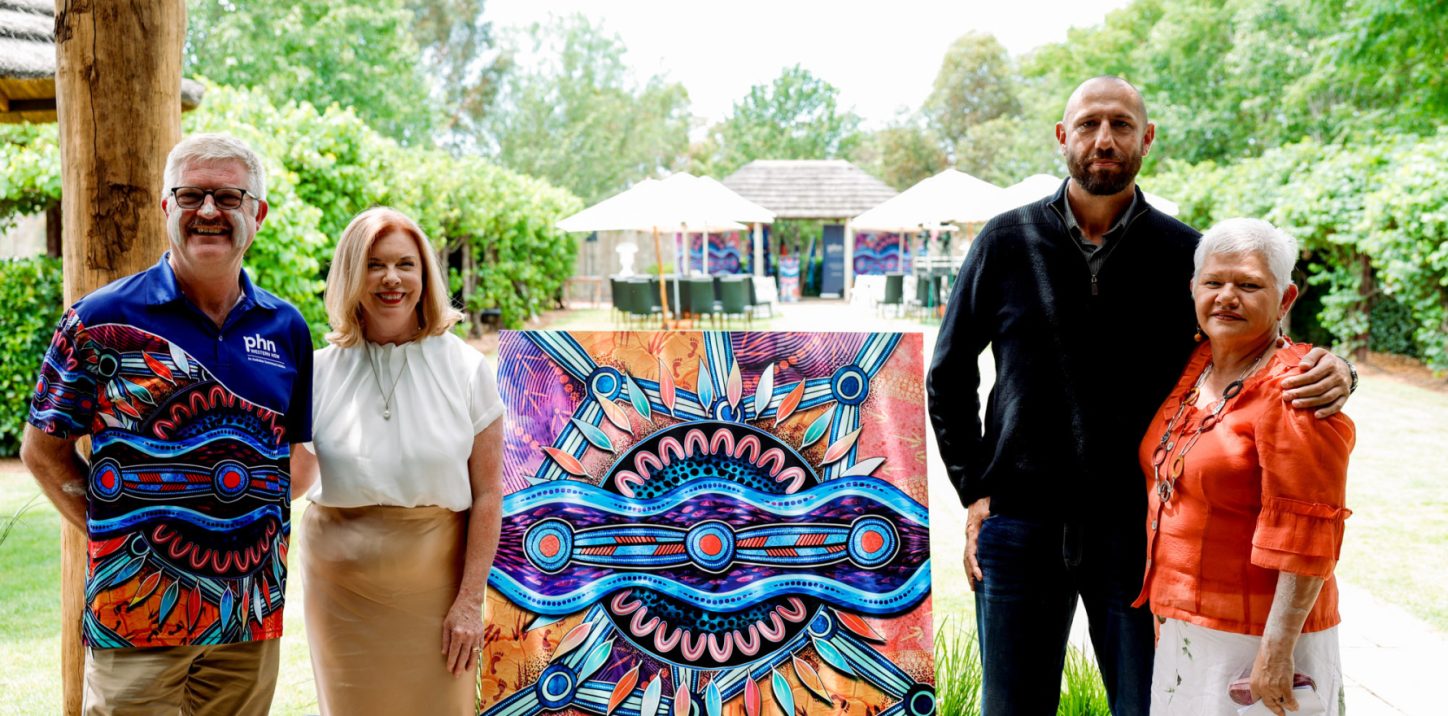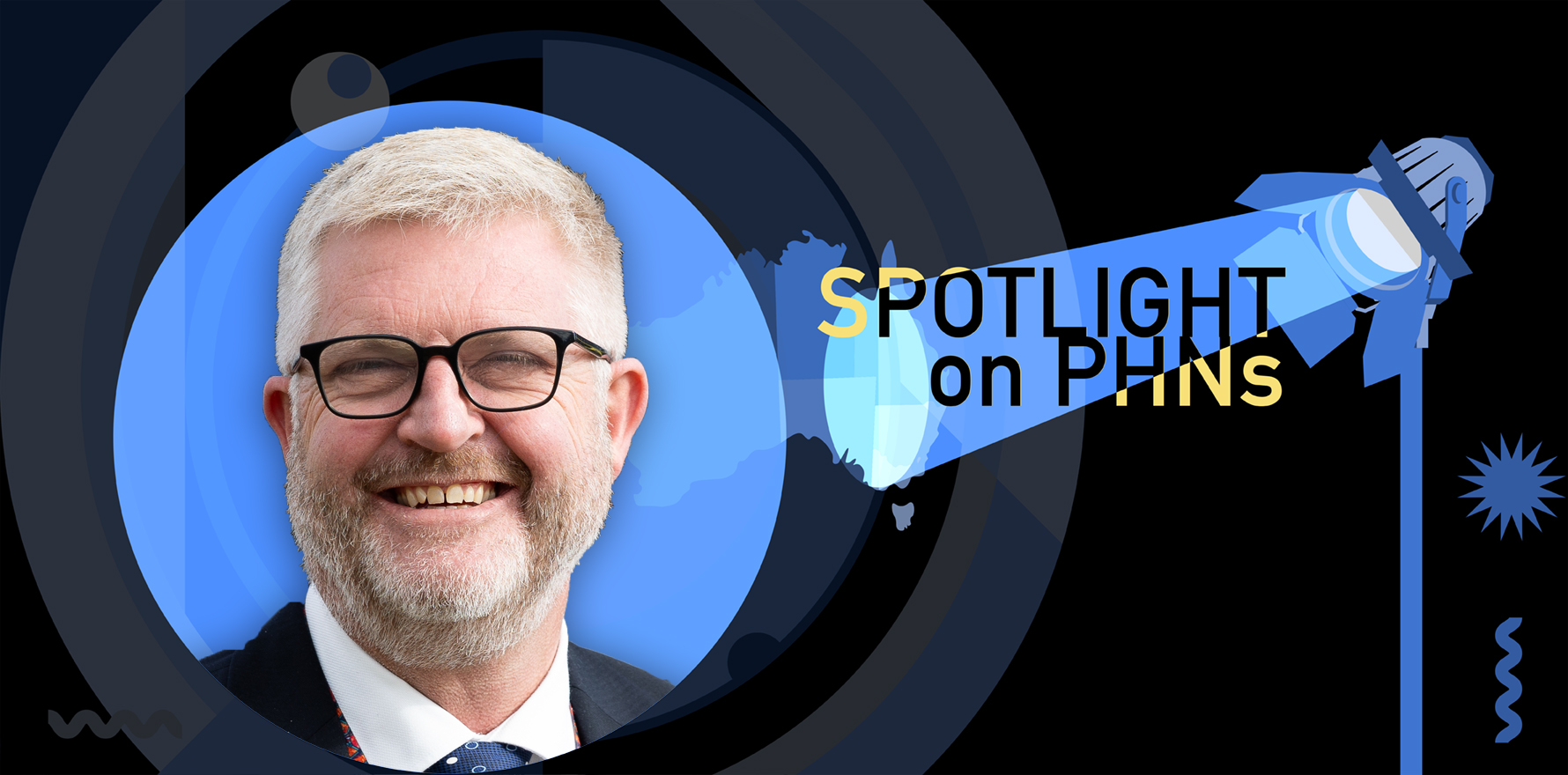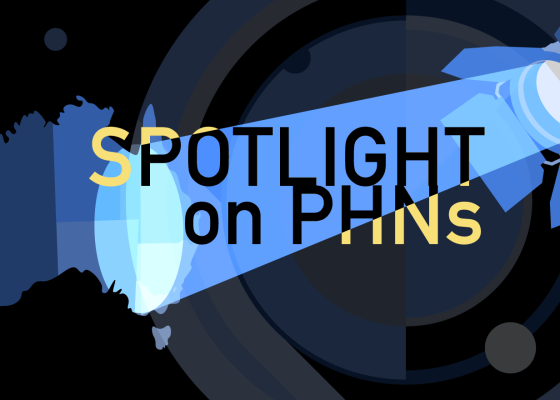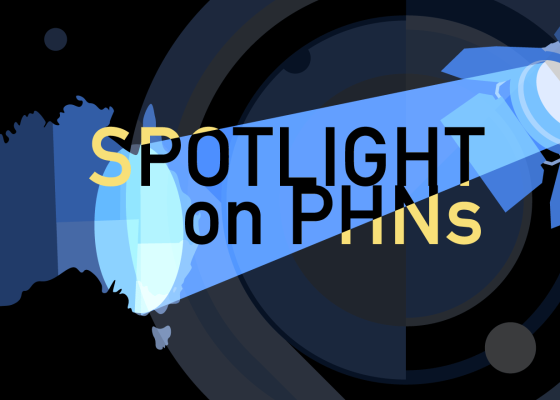Western NSW PHN Brad Porter explains how the state's biggest PHN is taking bold, locally led steps to close health gaps in one of Australia’s most challenging environments.
In our new series for Spotlight on PHNs, we’re talking directly to Primary Health Network CEOs. We want to know what their biggest challenges are and how they’re working hard to fix them.
Our first CEO is Western NSW’s Brad Porter, who says PHNs need “long-term funding certainty, fewer restrictions on commissioning flexibility, and recognition that different regions need different solutions” to realise their full potential.
How would you describe the biggest health challenges in your region right now? What makes your catchment unique?
Our region faces some of the most complex health challenges in Australia, driven by vast geography, a dispersed population, and deep-rooted health inequities. Chronic disease, mental health, and alcohol and other drug use remain persistent issues.
What makes Western NSW unique is the strength and resilience of our communities, including a significant Aboriginal population with rich cultural knowledge, and the reality that many live hours from the nearest GP or hospital.
Our region covers 53% of NSW, with a population of around 350,000 people. These distances and geography create real barriers to accessing timely care.
The primary care space is also facing major challenges in attracting and retaining healthcare professions who choose to commit to smaller communities, whether that is GPs, nurses or allied health professionals.
With these challenges, increasing strong relationships with service providers who are committed to providing services in our region is critical.
What are your top strategic priorities over the next 12 months?
Our immediate focus is on strengthening access to primary care, particularly in rural and remote areas.
We’re prioritising the commissioning of services that address mental health and chronic disease and continuing our leadership in Aboriginal health through culturally responsive commissioning.
Another key priority is stabilising and supporting the primary care workforce, especially through targeted support in areas hardest hit by GP shortages.
Underpinning all of this is a commitment to evidence-based local decision-making and evaluation.
We are working with the NSW Health operated local health districts to embed a “one health” system approach and exploring new innovative ways we can work together across the state and federal funding streams.
We welcome the findings of the NSW Special Commission of Inquiry into Healthcare Funding in NSW, and we look forward to working with all levels of government to provide strengthened primary care to our region.
Are there any standout programs or initiatives your PHN has launched recently that reflect your local context?
Yes, a standout is our Innovate Reconciliation Action Plan, launched in November last year.
We are very committed to reconciliation, honouring events like National Reconciliation Week and NAIDOC with events across our region.
We are pleased to have delivered the newly opened Medicare Mental Health Centre in Bathurst, with another centre due to open soon in Dubbo. We are delivering more centres in Broken Hill and the central Darling region in the next financial year. We are pleased to see funding for the first Medicare Urgent Care Clinic to be delivered in Bathurst in the coming months.

We have worked collaboratively with the LHDs and Rural Doctors Network to support new GPs to establish a primary care practice in vulnerable communities with limited or no GPs. For example, last year, we supported GP Dr Vitalis Ihuarulam to open his books for the Balranald community, six months after the community’s long-serving GP retired.
We’d also like to highlight our 10th annual immunisation conference, where 314 healthcare professionals (including practice nurses, nurse immunisers and Aboriginal health practitioners), policy experts, and community leaders gathered early this month in Orange, Dubbo and Broken Hill.
The conference sessions were designed to support immunisation workers with the latest updates on vaccines, local coverage data, best practice in catch-up schedules, managing anaphylaxis, and immunisation in immunocompromised patients.
Despite national concerns about declining vaccination rates, the Western NSW region stands as a success story. The latest data from the Australian Immunisation Register shows the region boasts the highest coverage rates in the country for five-year-olds (96.25%) and Aboriginal children (97.80%).
How are you supporting the local primary care workforce, especially in the face of GP shortages or burnout?
We’re addressing this on multiple fronts.
This includes workforce grants, flexible commissioning models to support team-based care, and facilitating GP recruitment and retention strategies in partnership with local practices and state and federal partnerships.
We’re also investing in wellbeing initiatives for healthcare workers and supporting training pathways for rural generalism and nurse practitioners. Our work with training organisations and our advocacy at the state and national levels are all focused on long-term workforce sustainability.
How do you use data/technology to identify needs and measure impact across your region?
We leverage data from multiple sources including general practice data, commissioned services program-specific data, hospital data, and community health profiles, and hospital and publicly available data to identify service gaps and health needs at a local level.
Tools like our most recent health needs assessment support transparent, data-driven commissioning.
Related
We also use real-time feedback loops and outcomes measurement frameworks to assess the effectiveness of our commissioned services and make iterative improvements.
Most importantly, we commission for outcomes and use our Patient Reported Experience Measures (PREMS) and Patient Reported Outcome Measures (PROMS) systems to measures outcome-focused results.
Our podcast Let’s Get Literal about Digital Health was launched 18 months ago to give busy healthcare professionals the flexibility to engage in self-paced education during moments of downtime. The podcast highlights our commitment to improving digital health maturity with digital health and data literacy education and training for the healthcare workforce in our region.
Is there a local health issue or population group you think deserves more national attention?
Yes, rural and regional Aboriginal communities face intersecting challenges—health, housing, education, and systemic disadvantages that are often not fully addressed by siloed policy.
We need national investment in place-based, culturally governed health models that empower Aboriginal leadership and community control.
Rural health more broadly also deserves sustained national focus—especially on workforce and access.
If you had one message for policymakers about PHN impact, what would it be?
PHNs are uniquely positioned to connect communities, providers, and systems—we turn broad policy into place-based action.
But to unlock our full potential, we need long-term funding certainty, fewer restrictions on commissioning flexibility, and recognition that different regions need different solutions.
Local governance, especially where Aboriginal voices are central, is key to closing the health gap.
Anything else you’d like to add?
True progress in regional and Aboriginal health will come when communities are not just consulted but lead the design and delivery of care.
Western NSW PHN is committed to walking alongside communities, empowering local solutions, and advocating for the structural changes needed to make good health possible for everyone, no matter their postcode.



